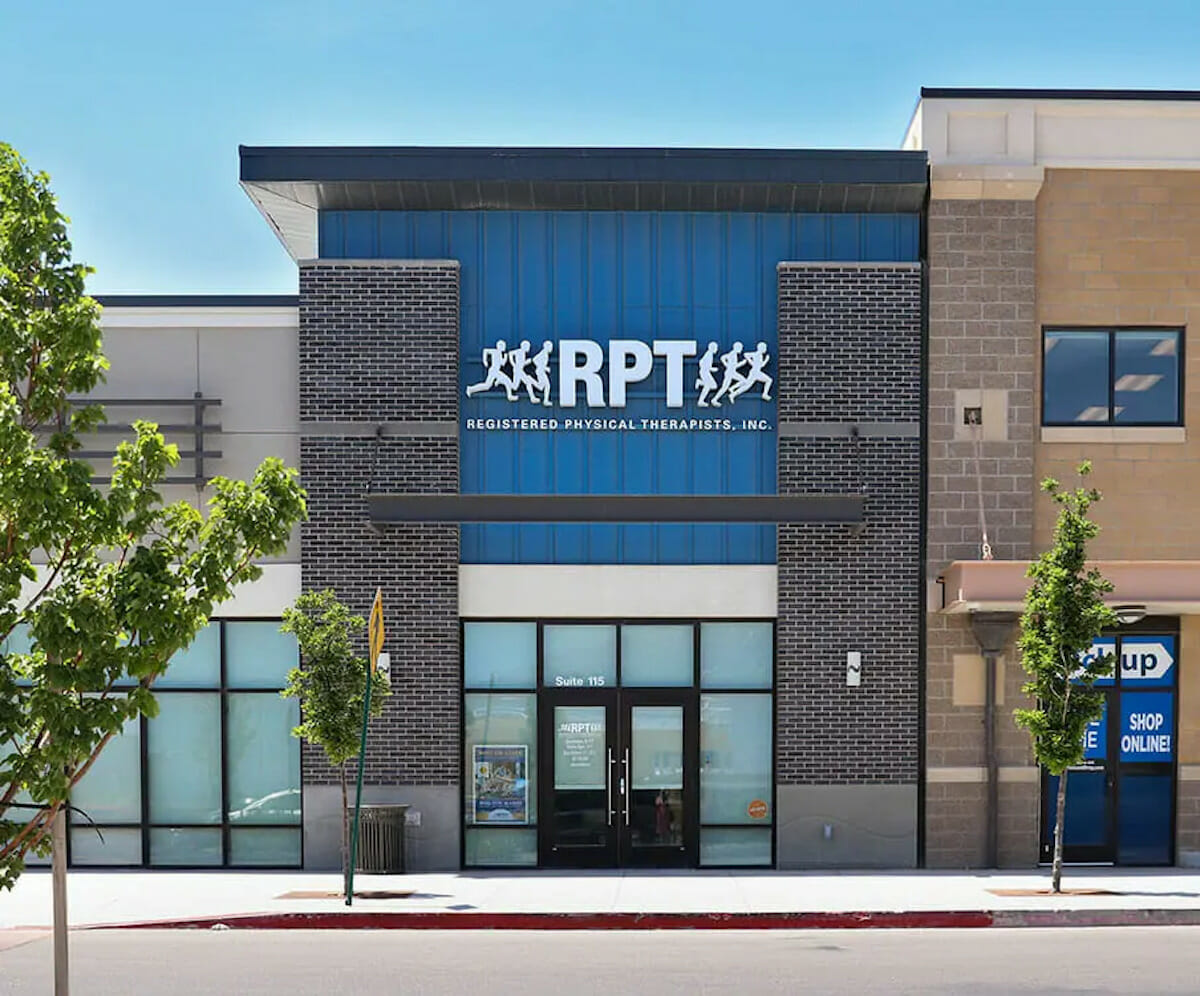5 Ways to Avoid Ice Skating Injuries
Ice skating is a long-time tradition for many families. The sport remains particularly popular in places like Utah, where people embrace winter and winter sports. Unfortunately, falling on ice skates can lead to injuries that could end the fun early. You can reduce your risk of injury from an ice skating fall by understanding the dangers and taking precautions to minimize them.
Here are some common injuries caused by ice skating falls and five tips for avoiding them.

Know the Risks of Ice Skating
The wholesome reputation of ice skating sometimes hides how dangerous it can be. It’s not just the hockey players who get injured on the ice. Everyone on the ice is vulnerable, from figure skaters to first-timers on a family outing.
Ice skating puts stress on different parts of your body than sports played off-ice. Failing to prepare for that new movement can get a skater injured. Skating without strengthening the proper muscles can lead to injuries in the legs and core. It can also contribute to accidents on the ice. Every skater falls sometimes, but when those falls come unexpectedly, people can careen out of control and collide with other skaters. Ice skating accidents can be very dangerous. Falling on ice skates means you’ll be hitting solid ice. That ice can be harder than concrete and can fracture bones.
Some common injuries from ice skating include the following:
- Ankle bursitis
- Ankle sprains or breaks
- Bruises
- Concussions
- Ligament tears in the knee
- Muscle strains
- Stress fractures
- Tendonitis
Prevent Ice Skating Injuries With These 5 PT-Approved Tips
Reduce the risk of many common ice skating injuries, like those listed above, by following these five simple tips.

Get in shape before skating.
Prepare for skating season before it arrives. Develop a strength and conditioning regimen for the fall to prepare for winter. Be sure to include exercises that will address the motions of skating. Running is good for cardio but won’t train your core and your legs for the movements and strains of skating. For help designing an exercise routine conditioning plan, contact an orthopedist or physical therapist with experience treating and preventing winter sports injuries.

Choose the proper equipment.
Using the proper equipment and correctly using the equipment are crucial to preventing injury in any sport, including ice skating.
Skates
Choose skates that fit well. Lace them tight around the ankle. Avoid using hockey skates or speed skates unless you’re playing those sports. Don’t use the toe pick to stop or accelerate.
Ice
The other and often forgotten equipment needed for ice skating is the ice. Don’t skate on ponds with unpredictable ice depth. Stick to maintained ice rinks. Visually inspect the ice before skating on it. Avoid any cracked, chipped, or wet ice.

Warm-up and stretch before skating.
Prepare your muscles and joints for the strenuous activity of ice skating before you put the skates on. Your warm-up routine should take 10 to 15 minutes and ease your muscles into the work. Include a light jog, some calisthenics, and stretching. Focus on your legs and core, but don’t ignore your shoulders. You’ll be swinging your arms for balance when skating.
A physical therapist or orthopedist can help you learn which exercises to include in your warm-up, especially if you have a lingering injury or soreness that needs special attention.

Learn to fall.
Learning to fall on the ice can significantly reduce your risk of injury from falling on ice skates. When you feel your balance failing, try to sit back to fall on your rear. Roll slightly to one side to avoid hitting your tailbone on the ice. Try to land on your gluteus maximus muscle to pad your fall.
Don’t reach out or back with your hand or arm to break your fall. Many ice skating injuries occur when skaters go to catch themselves and end up breaking a wrist or dislocating a shoulder.

Practice new moves before hitting the ice.
Avoid trying things on the ice that you haven’t worked out off-ice first. Balancing on the ice is challenging; don’t complicate it by attempting a jump or spin you saw on YouTube. If you want to try a specific movement, work it out before you put on the skates. Not only will this prepare your body to execute the move, but it will also allow you to think through each part of the motion one by one.
Successfully execute the move at least a dozen times before taking to the ice. We strongly recommend working with an ice skating coach to ensure you maintain proper form and balance when adding to your ice skating repertoire.
How Physical Therapy Helps Ice Skaters Get Back to the Rink Faster
Even with all the preparation, ice skating injury statistics show that accidents will still happen. A physical therapy routine can accelerate your recovery if you get injured while ice skating. Whether through sports massage, stimulation therapy, or range of motion exercises.
Physical therapists can develop a therapy and conditioning plan to help you recover faster and strengthen your body to help prevent further injury. That way, you can get back to skating sooner and feel confident in your body when you do.


Trust RPT: Utah’s #1 Sports Physical Therapy Clinic
For all your sports physical therapy & sports medicine needs in Utah, choose Registered Physical Therapists (RPT). RPT helps Utahns recover from sports injuries faster. We design personalized physical therapy plans to help get you back on your feet and back on the field, or the ice in this case. Schedule your appointment with Utah’s top sports therapy clinic, RPT!
Sledding accidents can result in an injury to almost any part of your body. They can range from bumps, bruises, and abrasions to more severe injuries.





